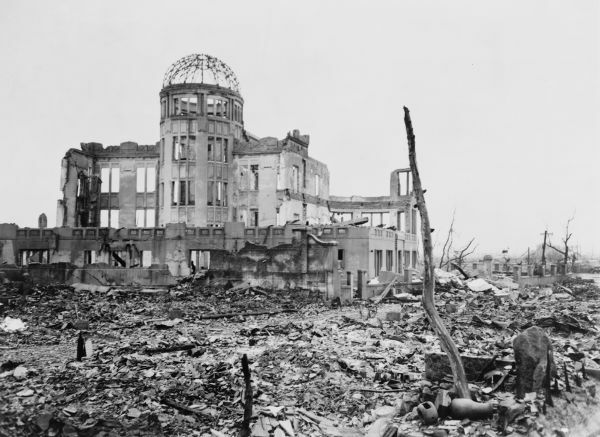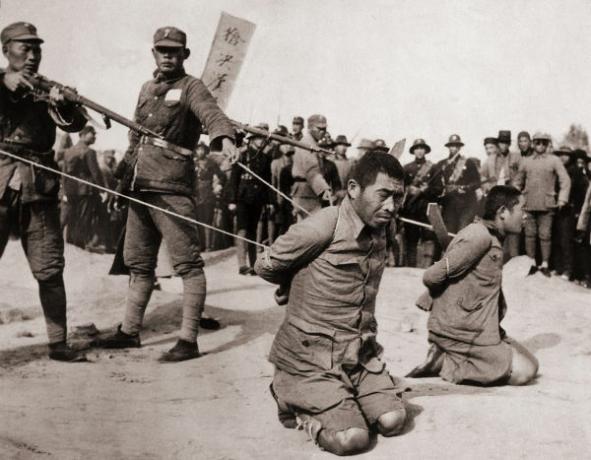The end of World War II brought great damage to the European continent. As the biggest stage of conflicts, the Old World was part of unimaginable numbers. The conflict accounted for a total expenditure of 413.25 billion pounds, manufactured more than 296,000 aircraft and 53 million tonnes of naval equipment. Around the world, some 45 million lives were taken, the vast majority of them innocent.
On the other hand, there were those nations that saw in the bloody conflict a great opportunity for economic gain. Canadians built more than 16,000 planes and 3 million ships. In a short period of time, it expanded its heavy metals industry, mainly in the areas of aluminum, nickel, chromium and steel. The United States, considered the biggest beneficiary, doubled its industrial park in the war years.
Once the situation was stabilized, the allied countries began to promote dialogues on the world political and economic situation. England and the United States signed the Atlantic Charter, a document in which they gave up any territorial gain and defended the sovereignty of the nations involved. Between 1943 and 1945, several international meetings were held with the purpose of sealing different diplomatic agreements.
At the Tehran Conference in November 1943, the Soviet Union, the United States and England defined the incorporation of the Baltic nations and elaborated a possible division of the German state. In February 1945, the Yalta Conference reaffirmed the principle of self-determination of peoples and the installation of democratic regimes. Germany and Austria lost their political autonomy, being divided into different zones of occupation.
The last and most important meeting of world leaders took place at the Potsdam Conference, held between July and August 1945. Soviet leaders advocated full autonomy in the process of political reorganization of the occupied territories in Central Europe. In response, Western leaders opposed Soviet intervention in the Mediterranean region and Africa. The German territories were fragmented into zones of French, British, US and Soviet occupation.
With regard to the punishments granted against the Germans, an indemnity fine of 20 billion dollars was agreed, half of which went to the Soviet Union. The German arms industry was annulled, heavy industry was limited and an international court was installed to judge the main leaders of the Nazi regime. Between 1945 and 1946, the so-called Nuremberg Court sentenced twenty-one Nazi leaders.
After such agreements, the European continent went through a process of division by political influence zones. The Soviets dominated Eastern Europe by giving political power to Communist political parties in Albania, Bulgaria, Romania, Hungary, Czechoslovakia, and Poland. In the Yugoslavia region the anti-Nazi fronts, independent of the Soviet power, installed a communist government led by General Josip Broz Tito.
The western portion of Europe was influenced by the United States. With the exception of Portugal and Spain, the region was dominated by several liberal-democratic governments. Japan was imposed the Treaty of San Francisco, which declared to the Japanese the loss of all territories conquered during the war. With the communist advance in the Far East, the US decided to finance the restructuring of the Japanese economy. In this way, the first steps of the so-called Cold War were taken.
Do not stop now... There's more after the advertising ;)
Would you like to reference this text in a school or academic work? Look:
SOUSA, Rainer Gonçalves. "The world after World War II"; Brazil School. Available in: https://brasilescola.uol.com.br/guerras/o-mundo-depois-segunda-guerra-mundial.htm. Accessed on June 27, 2021.


